Description
Parameter Specifications
Power Supply: Typically operates on a 24V DC power supply, with an allowable voltage fluctuation of ±10%. This ensures stable performance in various industrial power environments.
Communication Interface: It is equipped with a Profibus – DP interface, supporting communication rates from 9.6 kbps to 12 Mbps. This high – speed communication capability enables efficient data exchange with other Profibus – compatible devices.
Input/Output Capacity: It can handle a certain number of input and output signals, which vary depending on the specific configuration. For example, it may support up to 128 bytes of input data and 128 bytes of output data, facilitating the connection of multiple sensors and actuators.
Uses
Communication Bridge: Serves as a bridge between different industrial devices on a Profibus – DP network. It enables seamless communication between sensors, actuators, and control systems, allowing for centralized monitoring and control of industrial processes.
Data Transmission: Transmits data collected from field devices (such as temperature sensors, pressure sensors) to a central control unit, and sends control commands from the control unit to the actuators (such as motors, valves).
Weight and Dimensions
Weight: Approximately 250 grams, which is relatively light and easy to install and handle.
Dimensions: It has a compact size, with a length of about 100 mm, a width of 70 mm, and a height of 50 mm. This compact design allows it to be easily integrated into control cabinets or other limited – space industrial setups.
Characteristics
High – Speed Communication: With its support for high – speed Profibus – DP communication rates, it can quickly transfer large amounts of data, reducing the latency in industrial control systems.
Reliability: Built with high – quality components, it can operate stably in harsh industrial environments, including those with high levels of electromagnetic interference, temperature variations, and vibrations.
Easy Configuration: The module can be easily configured using software tools, allowing users to set communication parameters, input/output mappings, and other settings according to specific application requirements.
Application Areas
Industrial Automation: Widely used in manufacturing plants for controlling production lines, where it connects various sensors and actuators to the central control system for real – time monitoring and control.
Process Control: In industries such as chemical, food and beverage, and pharmaceutical, it helps in monitoring and controlling process variables like temperature, pressure, and flow rate.
Building Automation: Applied in smart buildings to connect different building management systems, such as HVAC, lighting, and access control systems, for centralized management and energy efficiency improvement.
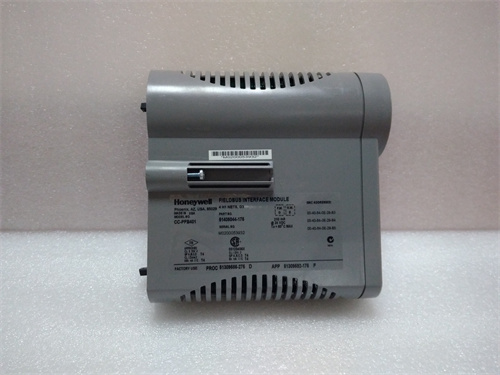


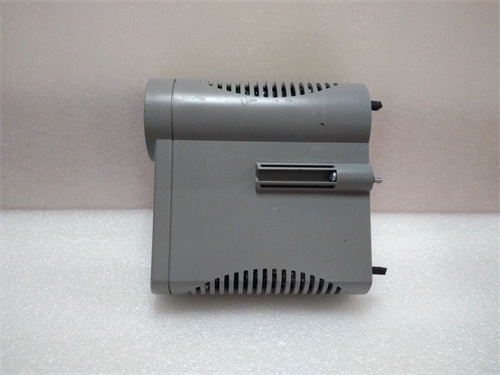
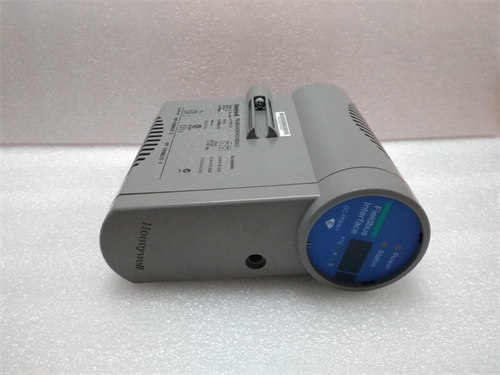



-1.jpg)
.jpg)

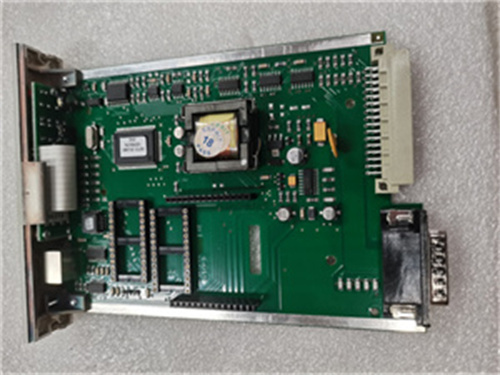

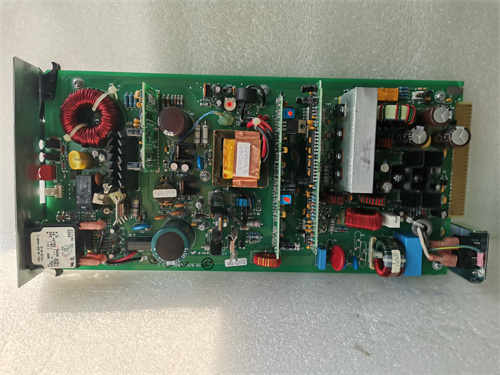
Reviews
There are no reviews yet.